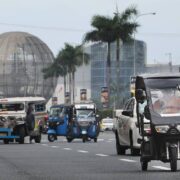Booming Sta. Rosa eyes sustainable future
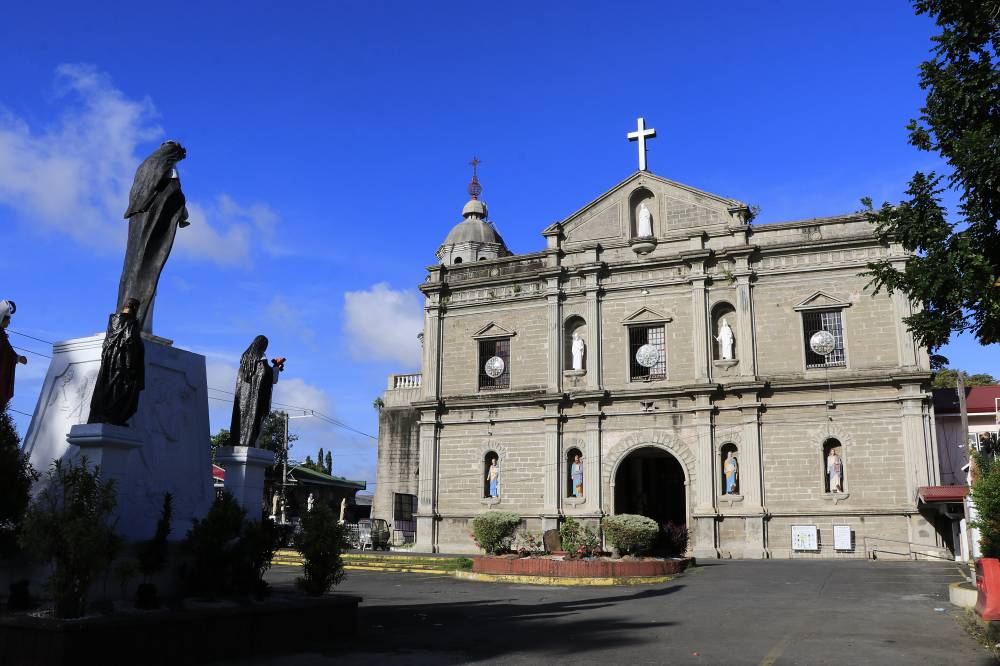
It takes a simple drive to Sta. Rosa, Laguna, to understand why it is a powerhouse city.
The industrial sites and recreational spots that mark Sta. Rosa’s landscape fuel its fast-paced economic growth. And now, the city is shifting gears toward a sustainable future.
This component city of Laguna province is a short trip away from Metro Manila through one of its connecting thoroughfares, the South Luzon Expressway (SLEx). Take the exclusive ramp down the Sta. Rosa-Tagaytay Road, and you will come face to face with the industrial vigor of the city.
Just near the highway exit are the manufacturing plants of Monde-Nissin Corp., and the neighboring factories of San Miguel Brewery and the Coca-Cola company, its largest in the Philippines.
Sta. Rosa’s “Motor City” moniker becomes clear down the route, as you spot the Toyota special economic zone (SEZ) which houses the company’s head office and manufacturing plant, and that of Mitsubishi Motors in Greenfield Automotive Park.
“It’s great to invest in Sta. Rosa mainly because of accessibility,” City Information Officer Tugaris Zapanta told the Inquirer. “If you’re a manufacturing plant, it’s easy to travel to the south and north [of Luzon] because of the SLEx,” he added.
The city is also a booming hub for the business process outsourcing (BPO) industry, hosting companies like IQor, Teletech, and Concentrix. In 2013, IBM opened a facility in Sta. Rosa, one of its “next wave cities” in the Philippines. In May, BPO marketplace Outsource Accelerator ranked Sta. Rosa as the fourth top BPO destination after Manila, Cebu, and Davao.

“Sta. Rosa has grown significantly compared to nearby cities in Laguna and Calabarzon,” Marlon Natividad of the National Economic Development Authority (Neda) in the region told the Inquirer in an email. [Its] advantageous location has spurred its development, making it a prominent city,” he added.
Sta. Rosa has reaped the rewards of its efforts with a P4.99 billion income in 2022, the highest revenue among Laguna’s local government units (LGU) that year, according to the Commission on Audit.
Sta. Rosa Mayor Arlene Arcillas attributes this progress to a “business-friendly environment” that welcomes companies “due to [Metro Manila] providing access to a large consumer market and business opportunities.”
The benefits provided by SEZs play a big part in attracting companies to locate in the city. SEZs are operated by the Philippine Economic Zone Authority, which assists, registers, and grants incentives to investors. Enabled by Republic Act No. 7916, SEZs streamline regulatory processes to attract investments.
The local government has also streamlined the process of acquiring and renewing business permits by creating a “one-stop shop” in the city and an online option to obtain the documents.
“What’s unique with Sta. Rosa is its relationship with the businesses and private establishments,” said City Tourism Officer in Charge Gina Madin. “The city is very competitive. There is a pool of talent — investors look at that.”
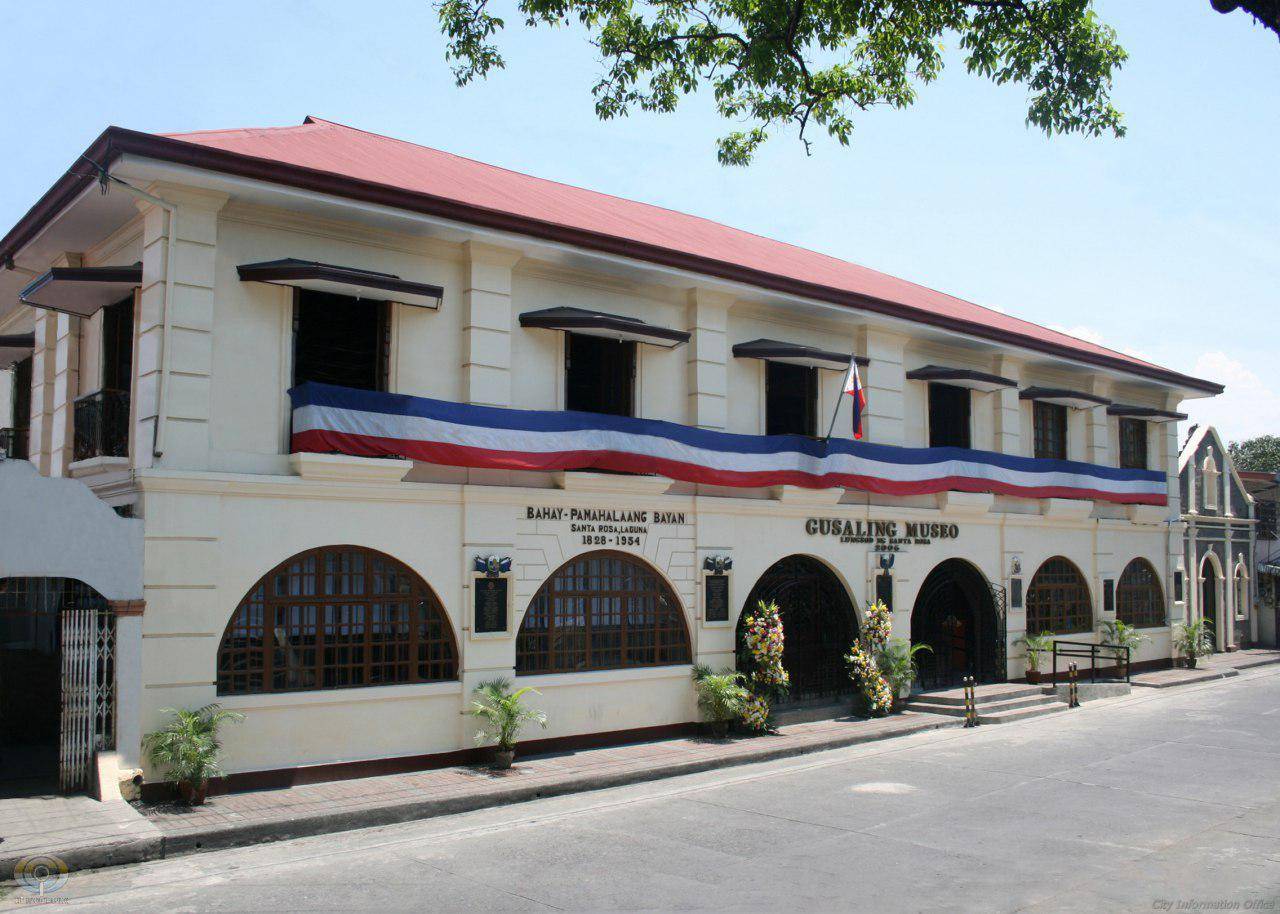
Sta. Rosa has won the Philippine Chamber of Commerce and Industry’s Most Business-Friendly LGU award for the City Level 2 Category in 2020, and is among the LGUs frequently cited in the awards.
Recreation
Side by side with the city’s economic boom is its recreational and residential thrust.
When visiting Sta. Rosa, guests are treated to a breezy welcome via the Cavite-Laguna Expressway. They can explore first-class communities like the 2,290-hectare Nuvali, Ayala Land’s largest “eco-city,” and the 600-hectare Eton City, a township project by Lucio Tan’s LT Group, featuring residential, commercial, and recreational sites.
The city provides “[a] relatively peaceful and suburban lifestyle compared to the hustle and bustle of Metro Manila,” said Arcillas. “The city’s accessibility … [enhances] its appeal as a residential destination for Metro Manila’s workforce.”
Natividad views the city as a prime location in Neda Calabarzon’s Southern Luzon “strategic development cluster” that would “[serve] as a key entry point to Calabarzon and [accommodate] the rising population influx due to in-migration.”
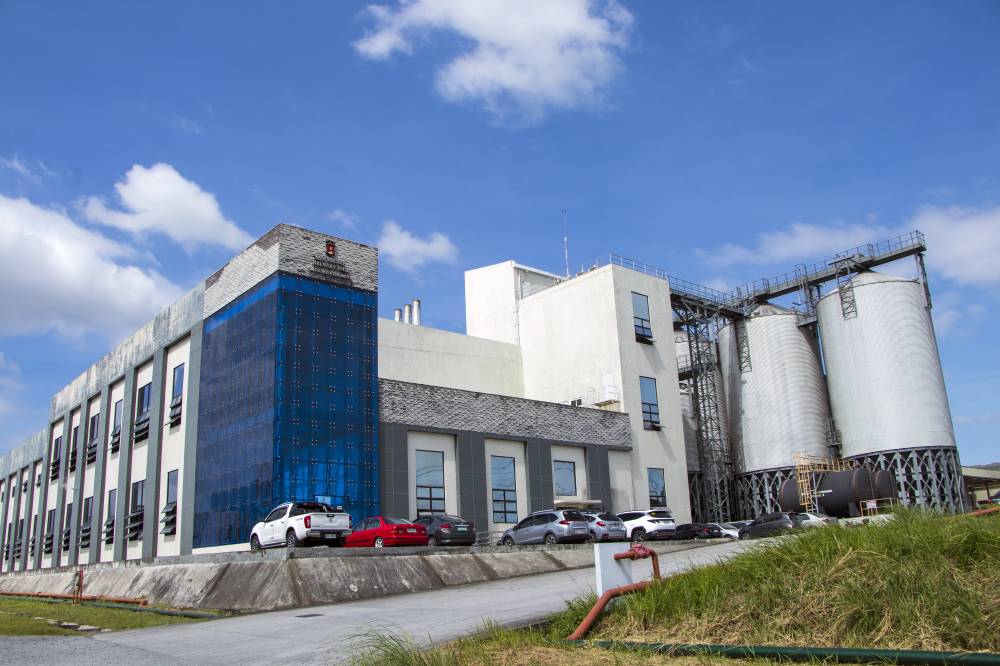
“This cluster provides opportunities to meet housing demand and offer a more affordable alternative for business locations compared to Metro Manila,” he added.
Tourists can make a stop at the theme park Enchanted Kingdom, which can host up to 25,000 guests in its 25-hectare property filled with rides and attractions; or shop at SM Sta. Rosa, which opened in 2006 as the mall giant’s first “supermall” in Laguna province. SM Corp. is also setting its sights on an SM Premier Mall near Nuvali.
While the city scales new heights, the local government has not abandoned its historic heart. Emancipated as its own municipality in 1792, Sta. Rosa became a key site in the Philippine revolution against the Spanish occupation, becoming a full-fledged city in 2004 under Republic Act No. 9264. It celebrated its 20-year cityhood anniversary this month.
Sta. Rosa is developing its Spanish-era city center into a “heritage square” that would “create a balanced atmosphere” between the past and modern society, according to a 2019 city ordinance.
“We are currently developing the plaza — the church, the heritage houses, and the museum are there,” Zapanta said. The square also hosts various government offices and heritage houses that enclose the city’s Spanish-era poblacion.

Protecting the city’s historic heritage would not only foster cultural growth but also open the door to further economic advancement, the city officials said.
“We want people, residents, and tourists to [know] Sta. Rosa and how it evolved from basically agricultural land in the 1980’s to its highly urbanized present,” Madin said. “As they say, you can’t love a place if you don’t know what it was and how it came to be.”
Sustainability
With its deep roots in the past bolstering a thriving present, the city is accelerating toward the future.
In partnership with the Department of Science and Technology Region IV-A, Sta. Rosa is becoming a “smart city” focused on efficiency and sustainability. The city has also teamed up with the United Nations Economic and Social Commission for Asia and the Pacific to integrate the United Nations’ Sustainable Development Goals into its programs.
“Sta. Rosa is continuously striving for excellence. We still think of ways to innovate and improve,” Madin said.
One such sustainability goal is clean energy. The local government is installing solar panels in its offices to shift to renewable power, and officials encourage residents and businesses to adopt solar energy if they are able.
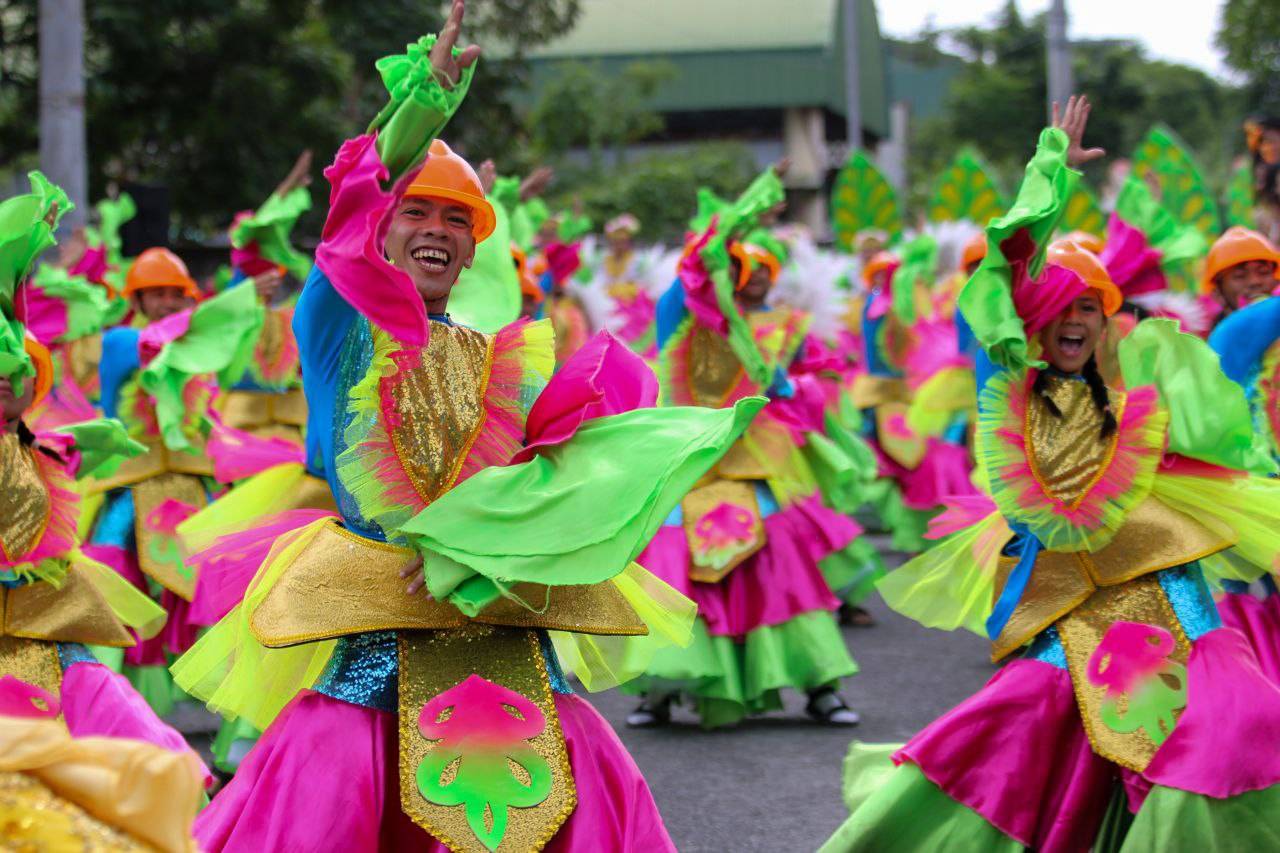
“We have a city engineering [office] that plans how to conserve energy. The plan now is to make the [Sta. Rosa city hall] building a green building,” said Zapanta.
The city officials also said they are investing in disaster preparedness and water testing. Sta. Rosa has set up its own water testing laboratory that can analyze wastewater and ambient water, with the facility set to open this year to cater to private establishments.
Also, “Our command center uses state-of-the-art equipment for monitoring road incidents and flooding,” said Madin.
Natividad sees a bright future for Sta. Rosa as it “will remain a key player in the Calabarzon economy. Through initiatives like the [smart city goal], Sta. Rosa is set to become one of Calabarzon’s leading cities, leveraging advanced technology and innovation to drive economic growth.”
Sustainability is a key aspect of Arcillas’ “four-pillar framework,” along with economic growth, social development, and good governance. “Santa Rosa, as both an industrial center and emerging recreational hub, showcases the city’s dynamic evolution and the government’s efforts … for sustainable development and economic growth,” she said.

Sta. Rosa’s history and growth are highlighted every year at the Sikhayan Festival, which was celebrated this year on July 10. Named after the word “sikhay,” which means diligence or persistence, the festival salutes the hard work of the city’s residents in driving the economic vibrancy and cultural richness of Sta. Rosa.
In this year’s festival, many private companies joined in the street dancing festivities. “It’s another way of engagement [between] the private sector and the Sta. Rosa government,” said Madin.
The close cooperation between the government, individuals, and businesses is what accounts for Sta. Rosa’s economic growth. For Arcillas and other officials, the strong civic consciousness and capacity for hard work among Sta. Rosa’s residents ensure that the city has an even more dynamic future ahead of it.
“If people aren’t involved in planning, implementing, and monitoring, we wouldn’t be able to achieve this [growth],” Madin said. “The reason we have this much progress is because of the people who work hard. Nagsikhayan sila.” —RENZ PALALIMPA












